The fact that this problem can be solved using a "direct search" (as can be seen in another answer) means one can look at this as a global optimization problem. There exist various ways to solve such problems, each appropriate for certain scenarios. Out of my personal curiosity I have decided to solve this using a genetic algorithm.
Generally speaking, such an algorithm requires us to think of the solution as a set of "genes" subject to "evolution" under a certain "fitness function". As it happens, it's quite easy to identify the genes and the fitness function in this problem:
- Genes:
x , y, r.
- Fitness function: technically, maximum area of circle, but this is equivalent to the maximum
r (or minimum -r, since the algorithm requires a function to minimize).
- Special constraint - if
r is larger than the euclidean distance to the closest of the provided points (that is, the circle contains a point), the organism "dies".
Below is a basic implementation of such an algorithm ("basic" because it's completely unoptimized, and there is lot of room for optimizationno pun intended in this problem).
function [x,y,r] = q42806059b(cloudOfPoints)
% Problem setup
if nargin == 0
rng(1)
cloudOfPoints = rand(100,2)*5; % equivalent to Ander's initialization.
end
%{
figure(); plot(cloudOfPoints(:,1),cloudOfPoints(:,2),'.w'); hold on; axis square;
set(gca,'Color','k'); plot(0.7832,2.0694,'ro'); plot(0.7832,2.0694,'r*');
%}
nVariables = 3;
options = optimoptions(@ga,'UseVectorized',true,'CreationFcn',@gacreationuniform,...
'PopulationSize',1000);
S = max(cloudOfPoints,[],1); L = min(cloudOfPoints,[],1); % Find geometric bounds:
% In R2017a: use [S,L] = bounds(cloudOfPoints,1);
% Here we also define distance-from-boundary constraints.
g = ga(@(g)vectorized_fitness(g,cloudOfPoints,[L;S]), nVariables,...
[],[], [],[], [L 0],[S min(S-L)], [], options);
x = g(1); y = g(2); r = g(3);
%{
plot(x,y,'ro'); plot(x,y,'r*');
rectangle('Position',[x-r,y-r,2*r,2*r],'Curvature',[1 1],'EdgeColor','r');
%}
function f = vectorized_fitness(genes,pts,extent)
% genes = [x,y,r]
% extent = [Xmin Ymin; Xmax Ymax]
% f, the fitness, is the largest radius.
f = min(pdist2(genes(:,1:2), pts, 'euclidean'), [], 2);
% Instant death if circle contains a point:
f( f < genes(:,3) ) = Inf;
% Instant death if circle is too close to boundary:
f( any( genes(:,3) > genes(:,1:2) - extent(1,:) | ...
genes(:,3) > extent(2,:) - genes(:,1:2), 2) ) = Inf;
% Note: this condition may possibly be specified using the A,b inputs of ga().
f(isfinite(f)) = -genes(isfinite(f),3);
%DEBUG:
%{
scatter(genes(:,1),genes(:,2),10 ,[0, .447, .741] ,'o'); % All
z = ~isfinite(f); scatter(genes(z,1),genes(z,2),30,'r','x'); % Killed
z = isfinite(f); scatter(genes(z,1),genes(z,2),30,'g','h'); % Surviving
[~,I] = sort(f); scatter(genes(I(1:5),1),genes(I(1:5),2),30,'y','p'); % Elite
%}
And here's a "time-lapse" plot of 47 generations of a typical run:

(Where blue points are the current generation, red crosses are "insta-killed" organisms, green hexagrams are the "non-insta-killed" organisms, and the red circle marks the destination).







